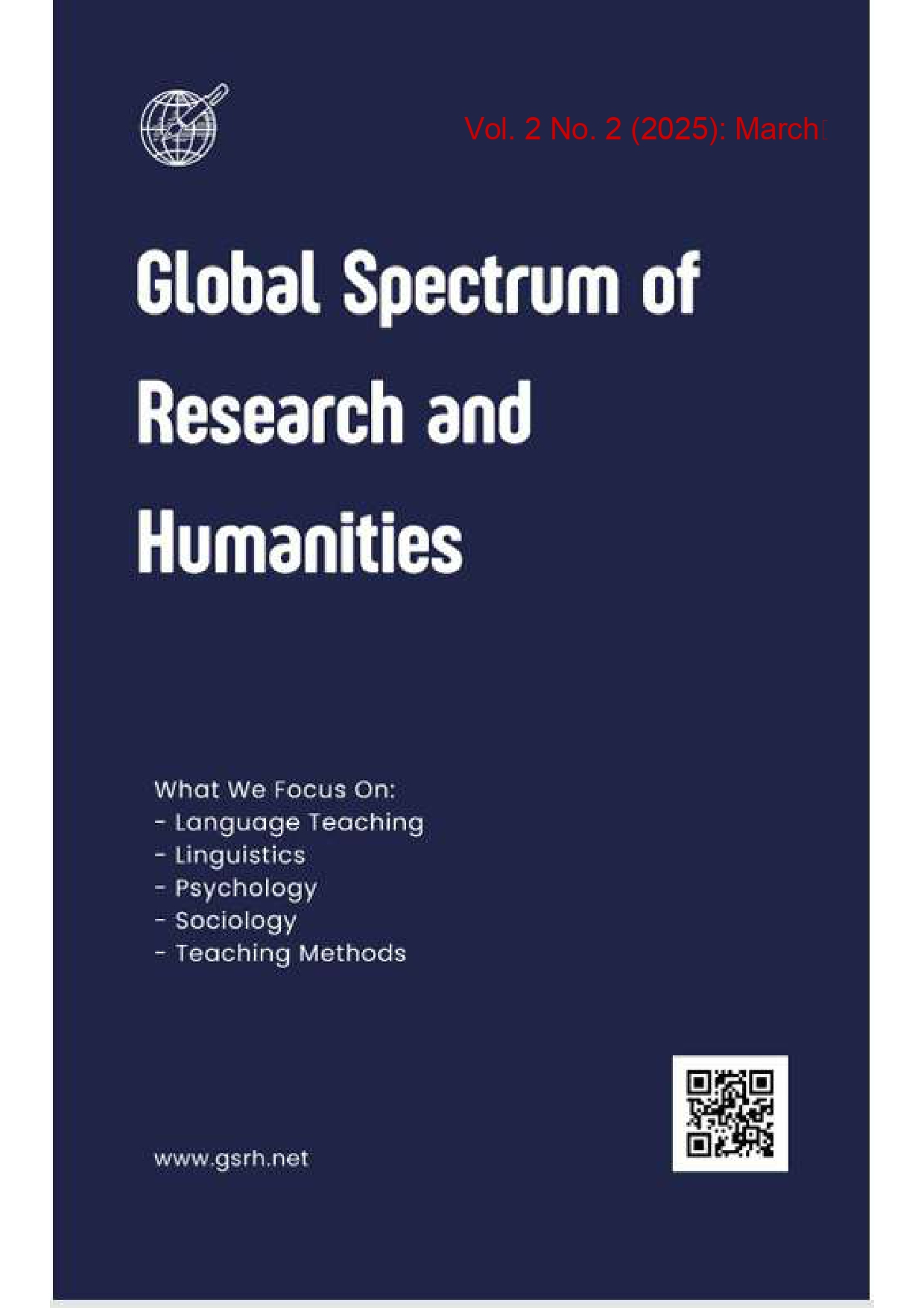Dinləmə bacarığının inkişaf etdirilməsi yolları
DOI:
https://doi.org/10.69760/gsrh.010120250015Keywords:
İngilis dili, dinləmə bacarığı, dil öyrənmə, qavrayış bacarıqları, ünsiyyət bacarıqlarıAbstract
Məqalədə ingilis dilinin dinləmə bacarığı ətraflı təhlil edilmişdir. Burada oxucular dinləmənin formalarını və onları öyrətmək üçün gərəkli məlumatları əldə etmişdirlər. Bir dili tam bilmək üçün həmin dildə əsas dil bacarıqları adlanan dinləmə, danışıq, oxu və yazı bacarıqlarına yiyələnmək lazımdır. Bu bacarıqlardan birini və ya bir neçəsini istifadə edə bilməməklə, dili tam bilindiyini iddia etmək olmaz. Dinləmə dili mənimsəmək üçün ən vacib dil bacarıqlarından biridir, çünki gündəlik həyatımızda etdiyimiz hər bir fəaliyyətdə iştirak edir. Başqalarının sözlərini dinləmək, müxtəlif növ məlumatları saxlamaq qabiliyyətini tələb edən və düşüncə prosesləri ilə əlaqəli olan dilin qəbul edilməsi üsuludur.
Məqalədə dinləmə bacarığının növləri və bu bacarığı inkişaf etdirmək üçün hansı vasitələrdən, yollardan istifadə edildiyindən bəhs edilir.Dinləmək insanın ilk dilinin inkişafını müəyyən etmək üçün əldə etdiyi və mənimsədiyi ilk bacarıqdır. dinləmə bacarığının əhəmiyyətini və tələbələrin təlim prosesi zamanı dinləmə bacarığının çətinliklərini başa düşmək lazımdır. Xarici dil öyrənmək daimi səylər və metodik iş tələb edən uzun prosesdir. Bu prosesin ən mühüm məqsədi adekvat şifahi və yazılı ünsiyyət bacarıqları əldə etməkdir. İkinci dildə sağlam ünsiyyət qurmaq üçün şagirdin dilin kontekstual mənası daxilində həm dərk etmə, həm də cavab vermə qabiliyyətinə malik olması gözlənilir. Dinləmə və oxuma qavrayış bacarıqlarına aiddir, çünki onlar danışarkən və yazarkən məlumatı qəbul etməyi və dərk etməyi əhatə edir, çünki məhsuldar bacarıqlar kimi tanınır.
References
Aktaş, Ş. & Gündüz, O. (2017). Yazılı ve sözlü anlatım: Okuma, dinleme, konuşma,yazma (23. bs.). Akçağ Yayınları
Chastain, K. (1976). Developing second language skills theory to practice (3rd ed.).Houghton Mifflin Company
Demirel, Ö. (2019). Yabancı dil öğretimi (10. bs.). Pegem Akademi.
Ouden, N. R. (1998). Implementing speaking and listening standards: Informationfor English teachers. The English Journal, 88(1), 90-96.https://doi.org/10.2307/821437
Harmer, J. (2007). How to teach English (2nd ed.). Pearson ELT.Harmer, J. (2011). 6. The practice of English language teaching (4th ed.) PearsonELT
Macháčková, Eva (2009). Teaching listening. (Bachelor's Thesis). MasarykUniversity Faculty of Education.
Nunan, D. (2015). Teaching English to speakers of other languages. Routledge
Wilson, J.J. (2008). How to teach listening. Pearson Longman
Rivers, W. M. (1981). Teaching foreign language skills (2nd ed.). The Universityof Chicago Press Ltd
Downloads
Published
Issue
Section
License
Copyright (c) 2025 Global Spectrum of Research and Humanities

This work is licensed under a Creative Commons Attribution-NonCommercial-NoDerivatives 4.0 International License.




